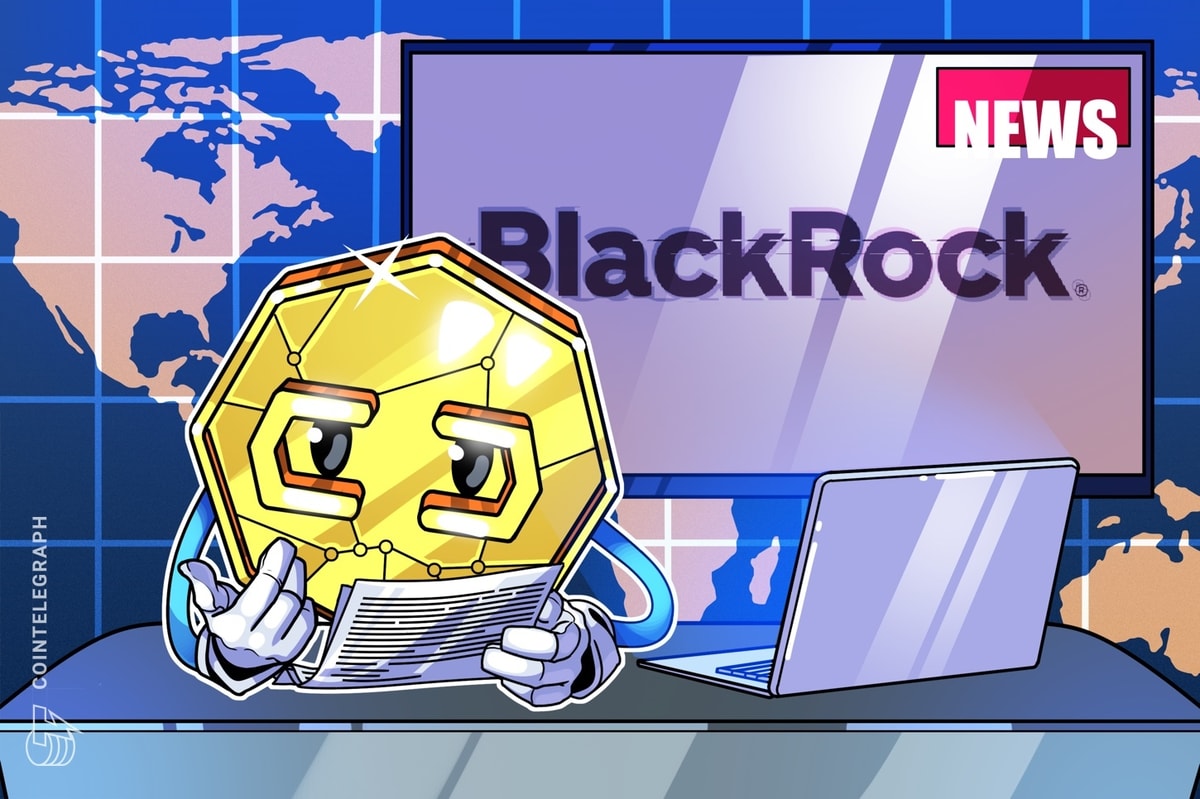Ethereum Locks Dec. 3 For Fusaka Upgrade; Blob Capacity To More Than Double – CryptoMode

Ethereum core developers have set December 3, 2025 for the Fusaka hard fork on mainnet, confirming the first firm date for the network’s next upgrade after Pectra.
The schedule emerged from the latest All Core Devs calls and a public rollout plan maintained by client engineer Barnabás Busa. His HackMD timeline shows mainnet activation on Dec. 3 at 21:49:11 UTC, followed by two “Blob-Parameter-Only” (BPO) forks that expand data capacity.
What’s shipping.
Fusaka packages roughly a dozen EIPs aimed at throughput, efficiency, and lower costs for rollups. The headline item is PeerDAS (EIP-7594), which lets nodes confirm data availability by sampling a small fraction of blob data instead of downloading it all, key for scaling rollup throughput without raising hardware needs
Blob capacity increases come in phases. Developers opted to separate capacity changes from the hard fork itself. After Fusaka goes live, BPO-1 raises blob targets from 6/9 to 10/15; BPO-2 lifts them to 14/21, more than doubling current limits. The plan places BPO-1 around Dec. 17 and BPO-2 on Jan. 7, 2026.
Testnets first, then mainnet. The public test sequence begins Oct. 1 (Holesky), then Oct. 14 (Sepolia), and Oct. 28 (Hoodi), each with its own pair of BPOs to rehearse the scaling steps. Client release deadlines arrive ahead of each stage; mainnet client releases are due by Nov. 3.
The Ethereum Foundation has also launched a $2,000,000 audit competition on Sherlock to stress-test the Fusaka codebase over four weeks. The program includes bonus multipliers for early findings and an auditor guide for contributors.
The need for Fusaka
PeerDAS and larger blobspace are targeted at rollups, the backbone of today’s Ethereum scaling. With more blob throughput and better pricing signals, helped by proposals like EIP-7918 to bound blob base fees, L2s should get steadier data costs, which can reduce transaction fees and smooth UX.





